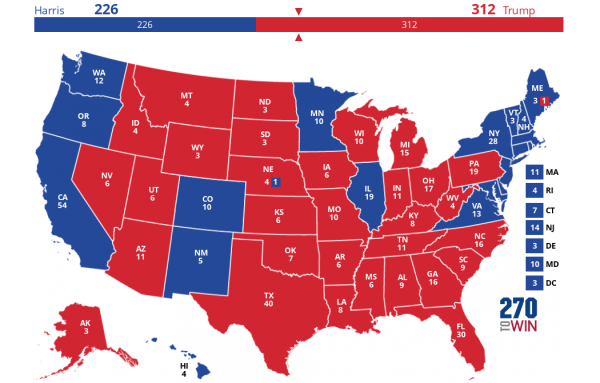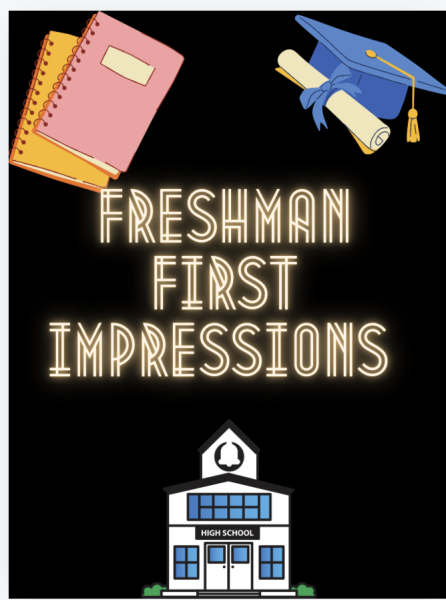SAT optionals level the playing field In American colleges
The SAT has become a rite of passage for every college-bound high schooler. All the nerves that manifest as pangs within your stomach on test day—the practice, all the psyching yourself up, the countless hours and dollars that go towards prep—comes down to one score. A mere series of numbers. Numbers that may not exactly explain that you’re a driven, hard-working student, but you also have test-anxiety. Numbers that don’t tell colleges that you couldn’t exactly afford the SAT tutoring, so while you may be an excellent student, you don’t have the resources to excel in this measure of aptitude.
It’s the reality for many students and something that colleges and universities are trying to reform across the nation.
Bowdoin College in Maine wanted their applicants’ SAT scores to adequately and correctly represent them as students. That’s why they became the first college to adopt a test optional policy in 1969, with many other universities and colleges following suit for decades to come. George Washington University, Wesleyan University, Bryn Mawr, and Wake Forest University are just a few competitive universities that offer applicants this option.
“I think they make the SAT’s optional for those kids who maybe who really don’t test well or who maybe have test anxiety so they don’t perform at the same level as they can in school,” said math teacher Mrs. Vaccaro. She is also a SAT prep tutor.
Mrs. Bunnell-Jackson, a guidance counselor, echoed this sentiment and stated how grades are usually a better indicator of a student’s success in college than a standardized test score.
“I could see it becoming more of a trend over time. I think it’s grounded in a good philosophy that the best indicator of your future success is past success. Certain psychologists coming out like Carol Dweck and Angela Duckworth—more of the discussion is the emphasis on hard work, so I think that with the discussion in higher education and education, it’s focusing on hard work and the SAT optional {policy} is in line with that philosophy,” she said.
Many schools realize that a student’s SAT scores may not match up with their school performance. Montclair State University in New Jersey was the first school in the state to implement the test-optional policy. Like other schools who choose to de-emphasize or make SAT score submissions optional, the admissions review process becomes more holistic in approach as high school accomplishments are taken strongly into account, holding more weight than an SAT score.
Mrs. Bunnell-Jackson cautioned that, “I have seen it {the SAT optional path} make the standards of the GPA and the rigor of your transcript go up. They’re going to look more closely at your transcript,” she said.
If a student should choose to forgo SAT score submissions, there is often another piece that must take the place of the SAT score. Sometimes it’s a graded writing sample from a course, other times you might need to have a cumulative grade point average that is higher than those of accepted students.
Whether the option of being able to send SAT scores has drawn certain students toward a school is debatable. What’s not contestable is the diversity that has resulted in the student bodies of test-optional universities.
Historically, the SAT’s were a way of determining a standard and levelling the playing field for lower income students with dramatically different course offerings and grading systems. Usually, families in lower income areas don’t have the finances to send their children to SAT preparation classes or they don’t have the money to put forth towards taking the test at all.
George Washington University adopted a test-optional admissions policy in August 2015. According to their online news source, 2016’s incoming freshmen fall class saw a 33% increase in minority underrepresented groups. The college accepted 40% of their applicants, 29% of whom chose not to submit scores.
That first year after the policy went into effect, there were 84% more African Americans in the freshmen class than the previous year, upped 8.8% in African American representation compared to 4.7% from the year before. Hispanic enrollment rose to 11%, representing 10.5% of the freshman class compared to 2015’s 9.2%.
Mrs. Vaccaro said that in her SAT prep classes “we work a lot on tests taking strategies, time management and focusing on the easiest and quickest way to get the right answer.”
These are standardized test taking skills that not every high schooler learns or has the privilege to learn.
In Rhode Island, the students in Long Beach Unified School district were not clearing the SAT benchmarks. This is an area where ⅔ of the students were qualifying for free or reduced price lunch, so the $60 fee to take one SAT test posed a challenge for many. This financial difficulty mingled with a general disinterest in college caused little participation amongst the student body. However, three years ago, test-takers increased 100% after the district offered the SAT for free during the school day. The district also provided free, optional SAT prep sessions on Saturdays. For a test like the SAT, prior exposure means everything.
“That’s a test that the more exposure you have to it and the more you understand what they’re asking the better you do. So familiarity with the test {is key},” Mrs. Bunnell-Jackson said.
Could this be an acceptable counterweight to level the playing-field amongst test-takers or another option that goes hand-in-hand with the philosophy behind test-optional policies? For students like those at Long Beach Unified School district, it made all the difference.
So when is it right to send SAT scores and when is it right to withhold them?
“I think as long as your school performance and your SAT’s kind of coincide with one another then I think that should be enough for a college,” said Mrs. Vaccaro, “I do think setting a goal for yourself, a number goal is key.”
“If your SAT scores are not in line with your grades, I think it’s fine. If there is a great disparity between your scores and what you’ve produced in four years of high school then it’s better to not send,” said Mrs. Bunnell-Jackson.
However, Mrs. Bunnell-Jackson cautions that with not sending scores comes the idea, whether good or bad, that schools will look even more closely with even higher standards for admissions in the periphery.










